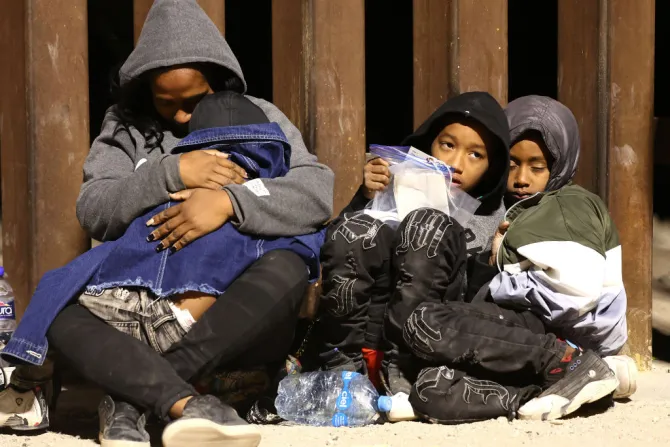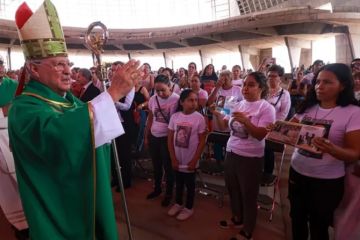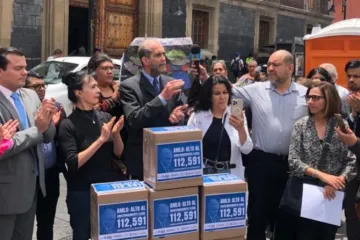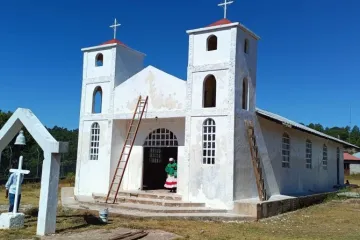ACI Prensa Staff, Sep 5, 2023 / 16:15 pm
The Catholic Church in Mexico has released an interactive map showing the location of the shelters, soup kitchens, and information centers for migrants that it operates throughout the country.
The Church has 54 reception centers to welcome migrants, 12 soup kitchens where their basic needs can be met, and five information centers where migrants can be referred to legal advisers and where they can leave their contact information to receive assistance.
Father Héctor Julio López Vivas, executive secretary of the Mexican bishops’ migrant ministry, explained that the map was developed in order for migrants to have a more efficient way to find the places where they can receive help “in a humane way.”
“When people arrive at a Catholic Church facility, they feel safe, they feel protected, and they know that all services are absolutely free,” the priest said in an interview with ACI Prensa, CNA’s Spanish-language news partner.
Government ‘shelters’ ‘operate like prisons’
The Church-run shelters operate differently from government-run facilities, which was most evident when a fire broke out March 27 in the lodging area of the government-run temporary shelter in Ciudad Juárez in the state of Chihuahua, resulting in the death of 40 people and injuring at least 28.
Ciudad Juárez lies on the Mexican side of the Rio Grande across from El Paso, Texas.
At the time of the tragedy, the Mexican bishops issued a statement lamenting the “subhuman conditions” to which migrants are subjected in these places and called on the government to stop classifying them as “shelters” because “they operate as prisons, as a punishment for illegal migration.”
Prior to this incident, the bishops’ migrant ministry had warned the International Commission on Human Rights (IACHR) about the “troubling situation” and the “probable risk” to which people are subjected in the migration stations of the National Migration Institute.
Given the situation, López encouraged migrants to trust the Church-run facilities. “We are not a government agency, we are not detention centers, we are centers for humanitarian assistance.”
The interactive map can be found here.
This story was first published by ACI Prensa, CNA’s Spanish-language news partner. It has been translated and adapted by CNA.






